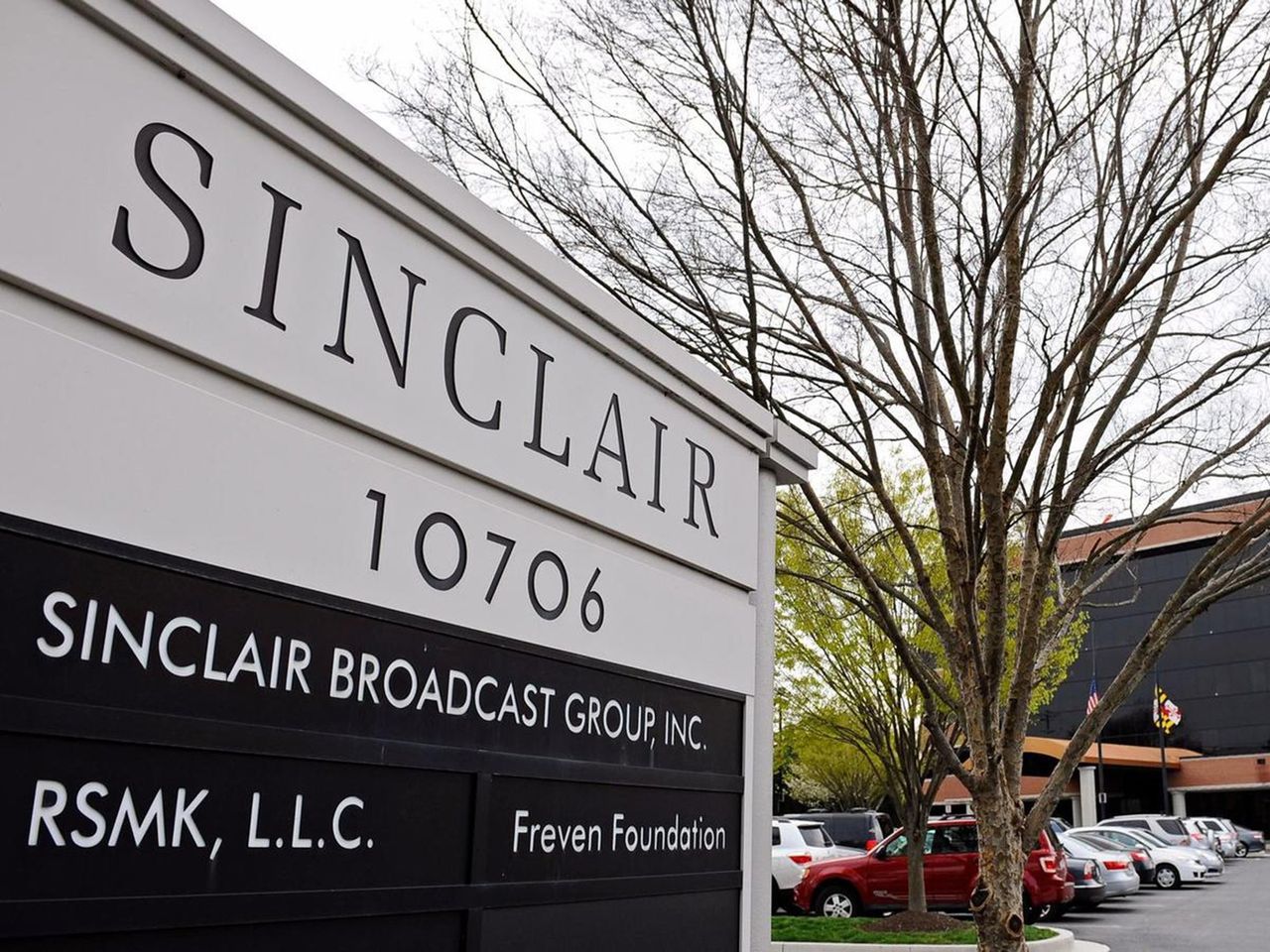The European Space Agency's Galileo satellite navigation system reached another milestone this week when testing showed that the first of two Galileo satellites launched in October was in good health. Last weekend signals in three bands (designated E1, E5 and E6) were turned on for the first time. The signals were received by Galileo test user receivers deployed at ESA's ground station in Redu, Belgium and also at ESA's Navigation Laboratory in ESA's ESTEC technical center in Noordwijk, Netherlands.
The ESA release First Galileo Satellite producing full spectrum of signals said, "These test receivers work in the same way as operational receivers will once Galileo begins its initial services in 2014. They are capable of processing the Open Service, Commercial Service and Safety-of-Life Service signals from the Galileo constellation."
The release also noted that Galileo "combines multi-frequency signals with the most accurate atomic clock ever flown in space for navigation, accurate to one second in three million years. Its signals should open up a large number of commercial applications by combining this accuracy with the increased reliability of dual- or triple-frequency measurements."
GPS World has an excellent article on reception of the first signals at the University of Calgary – E1 and E5 Galileo IOV Signals: Reports from U. Calgary. It includes screen shots of data from the satellite and spectrum displays as while as pictures of the equipment used.
The professional video industry's #1 source for news, trends and product and tech information. Sign up below.

Doug Lung is one of America's foremost authorities on broadcast RF technology. As vice president of Broadcast Technology for NBCUniversal Local, H. Douglas Lung leads NBC and Telemundo-owned stations’ RF and transmission affairs, including microwave, radars, satellite uplinks, and FCC technical filings. Beginning his career in 1976 at KSCI in Los Angeles, Lung has nearly 50 years of experience in broadcast television engineering. Beginning in 1985, he led the engineering department for what was to become the Telemundo network and station group, assisting in the design, construction and installation of the company’s broadcast and cable facilities. Other projects include work on the launch of Hawaii’s first UHF TV station, the rollout and testing of the ATSC mobile-handheld standard, and software development related to the incentive auction TV spectrum repack. A longtime columnist for TV Technology, Doug is also a regular contributor to IEEE Broadcast Technology. He is the recipient of the 2023 NAB Television Engineering Award. He also received a Tech Leadership Award from TV Tech publisher Future plc in 2021 and is a member of the IEEE Broadcast Technology Society and the Society of Broadcast Engineers.
